A new client and I had just gotten started. We had explored her niche and were brainstorming her Authentic Core Statement (who she helps and what she helps them with.). Toward the end of our call, she happened to mention she was working with a public speaking coach.
I was surprised and not surprised. This person was a quick starter and was ready to get herself out there and grow her business – it was one of the reasons she’d hired me.
So, I asked her –what do you want to speak to people about?
She started talking about her story, then stopped and started talking about the people she was hoping to reach…and then stopped again. “See, this is where I get messed up.”
I told her not to worry, it wasn’t surprising to me that she couldn’t yet clearly articulate what she wanted to speak about. We’d only just narrowed down who specifically she was targeting and what she wanted to help them with.
Designing with Constraints
My daughter is studying interior design, and one of the first principles of design they learned was that a designer can’t successfully design a project without constraints because those are what drive the project.
If you’re a designer and someone says ‘build a house’ and you have no specifics – no input from the client on style, taste, location, budget, etc. one of two things happen.
Either you try to imagine what a generic homeowner would like – considering good design principle and all what’s trending. You probably would end up capturing some people’s attention but the result will be…well, generic. You might appeal to buyers, or not. And there’ll be a lot of other houses that look the same or very similar to yours.
The other option is you end up designing something YOU like. You choose a layout you like (two story), a location you’d dream of (up North in the woods or on the southern coast near the sea), a budget that would let you have anything you wanted (lots of money), and you end up designing something gorgeous. Something that you love. Someone else might love it, but you don’t know that for sure. Because you haven’t designed it for anyone else.
Marketing Parameters
One of the first parameters you establish in designing a home is the foundation. The foundation for a ranch looks different than that of a one room cabin, a mountain chalet, or a beachside manor. Once you have that established, you can build on top of it. The same goes for marketing.
You can’t design effective messaging without first having articulated who you’re trying to help and what you’re trying to help them with.
You can deliver marketing emails, create a podcast, or book public speaking gigs, but if you haven’t done the hard work of defining your niche, identifying specifically who you help and what you help them with, then any message you seek to deliver is going to be either a version of a one size fits all - generic trendy message that a lot of other people are saying - or one that speaks exactly to you. The second option might work a bit better, because it’s more specific, but it won’t necessarily reach who you need it to.
Defining Your Foundation
How do you know if you have the basics in place before you start expanding your marketing efforts? Developing your Authentic Core Statement is something I help clients do all the time, and today I’ll share three key questions you can ask yourself to see if you’ve got enough clarity to start effectively build your marketing strategy.
1) Am I clear about who I help?
You may have an idea of who help or want to help in your business, and can you articulate it? Is there a specific demographic you target or a specific psychographic? I’m not talking about knowing what kind of car they drive or what they’re favorite kind of music is. But you do need to be clear with the who.
Example: I help middle aged female artists. Or I help busy professional women. Or I help new mothers who care about sustainability.
2) Is the problem I help them with clear?
You need to articulate the problem you help your clients solve. And for your marketing to have a strong basis the problem you help people solve needs to be clear. Living a more joyous life isn’t a problem and it’s not at all clear. It means something different to everyone, and that means it runs the risk of meaning nothing to anyone.
What problem do you help your clients solve? Maybe it is back pain or job dissatisfaction or publishing their book. Whatever it is, it should be clear and easy to understand.
3) Do I know what my ideal clients want?
You need to know what they want as it’s related to the problem you’re helping them with. And it needs to be in words your ideal clients use themselves.
What is the one or two overarching things they want? Do they want to sleep better? To feel more confident? To deal with their anxiety?
Once you have these elements in place, you can create your messaging around what it is you offer, target it to the right people, the problems they are dealing with and what they want. Then, it’s easy to go out and expand your marketing efforts. Speaking engagements, podcast invitations, guest articles and more can all be developed around sharing your message to your audience, your specific people.
And I think that’s something worth building.
Photo by Lucija Ros on Unsplash

